Top 10
Museums
My Top Ten Museums are those that have left a lasting impression on me. Several of them are off the beaten path hidden gems. If you happen to visit the cities, towns and villages in which they are located, they are all definitely worth a visit.
- Arequipa – Peru
Museo Santuarios Andinos houses Juanita the Ampato Ice Maiden. The Spanish had chronicled the Inca tradition of making human sacrifices to the gods who they believed inhabited the volcanos. In 1995, an eruption of the volcano Sabancaya melted the ice and snow which covered the adjacent volcano, Ampato. An expedition set out and uncovered the frozen and perfectly intact body of a young girl wrapped in cloth, who had been sacrificed to the gods of the mountain centuries ago. This museum takes one on a fascinating journey of discovery. Frozen once again after being carefully defrosted, examined and studied by scientists around the world, the Ampato Maiden Juanita now resides in a bespoke glass case.
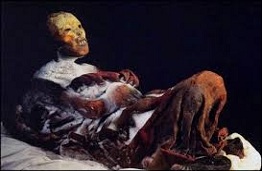
- Arequipa – Peru
The Convent of Santa Catalina was founded in 1540. The majority of the nuns who inhabited the convent came from wealthy homes and brought with them hand-painted vases, silver ornaments, harps, pianos, beautiful pieces of furniture and expensive rugs. The convent is like a storybook village lifted out of Andalusia, Spain. Plan on spending several hours. It’s an enchanting place.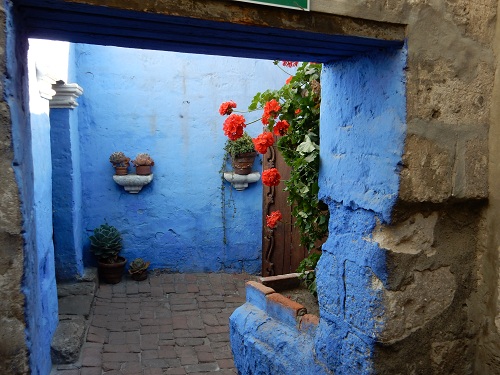
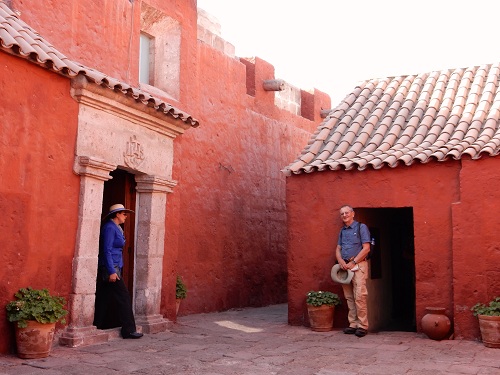
- St. Petersburg – Russia
The Hermitage Palace Museum. One climbs the royal, red carpeted stairway, lit by sparkling chandeliers and the journey of viewing unimaginable luxury, opulence, and exquisite artifacts begins. It is impossible to take it all in. The curators have calculated that if one were to spend one minute viewing each object it would take eight years to see it all. In addition to the Palace, there is the newly remodeled General Staff Building which houses the totally mindboggling collection of impressionist and post-impressionist art.
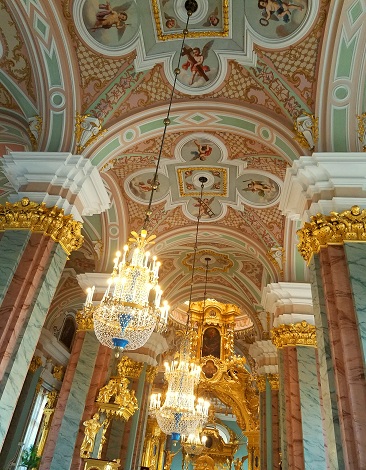
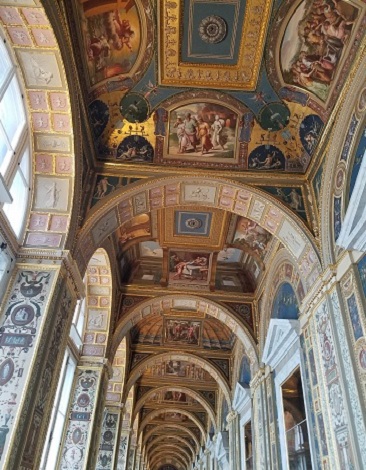
- Jaipur – India
The Jantar Mantar Observatory is the world’s most ancient and best preserved observatory of its kind, constructed entirely of stone and marble which is still fully functional to this day. Built in the 18th century by Maharaja Sawai Jai Singh – it is like an immense outdoor sculpture garden. Each piece is not only fully functional but is also a work of art in terms of its shape, angles, materials, colors and construction. A most unique and exhilarating experience.
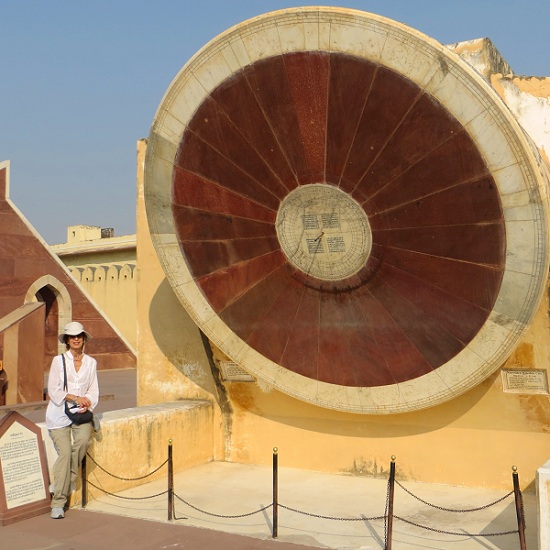
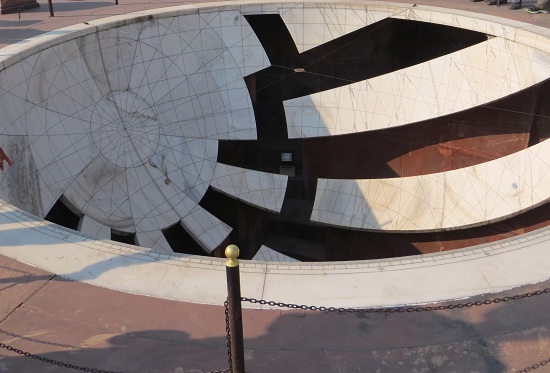
- Jerusalem – Israel
The Shrine of the Book houses the Dead Sea Scrolls which were discovered by nomad shepherds and archaeologists between 1946 and 1956. It also contains a collection of ancient artifacts from the fortress of Masada. Archaeologists and historians have identified the scrolls as being the oldest biblical manuscripts in the world. Stepping back centuries in time, one wanders from one exhibit to the next speechless and in awe.
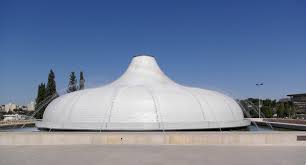
- Kurashiki – Japan
The picture postcard Old Town of Kurashiki dates back to the Heian period in Japan. During the Ido period it was controlled by the shogunate – the military dictators of Japan. In this ancient tiny Old Town sits a treasure of European Impressionist and Modern Art, The Ohara Art Museum. In the 1920’s the up and coming artist Kojima, returned from Europe where he painted alongside the Impressionist artists. He inspired a prominent industrialist to purchase distinguished works of western art, which are displayed in a group of four beautiful museums. Works by Rodin; Giacometti; Henri Moore; Maillol; El Greco; the impressionists and modern masters; and priceless pieces from Egypt, Iran and China. An incredible collection of some of the finest art in the world, tucked away in beguiling Kurashiki.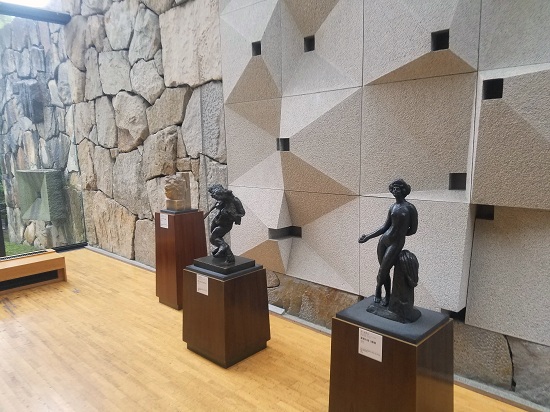
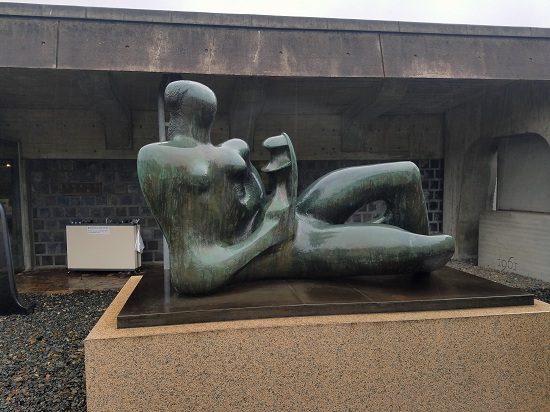
- Figueres – Spain
Salvador Dali was born in Figueres-Catalonia in the foothills of the Pyrenees Mountains. His first exhibition was at the Municipal Theatre in Figueres in 1919. In 1974, the Dali Theatre Museum opened its doors. A visit to this unusual Daliesque restored theatre – filled with the largest and most diverse collection of Dali’s work – is thrilling. His genius, his larger than life eccentric personality, his enduring love for his wife Gala – pervade the spaces. Dali is buried right there in the museum close to his enduring creations, in a crypt below the stage.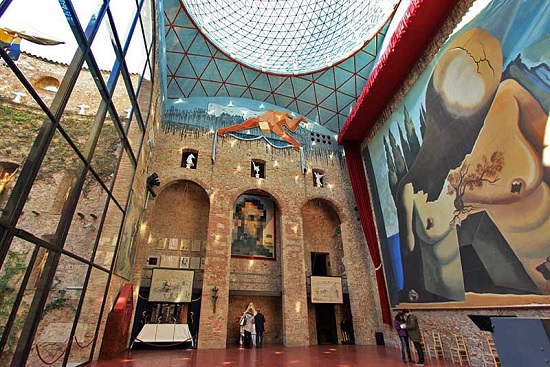
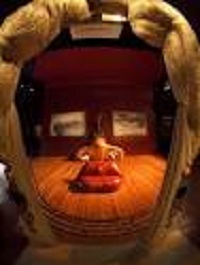
- Malibu – California
The Getty Villa Museum overlooking Italian inspired gardens, and the sparkling Pacific Ocean, was built on a site reminiscent of the Bay of Naples. The design of the villa was inspired by the Villa dei Papiri in Herculaneum – Italy. It houses John Paul Getty’s extensive collection of Greek, Roman and Etruscan antiquities. The villa itself and the serenity and beauty of the gardens and sculptures, are as much of an attraction as the collection that they house. Plan on lingering, on enjoying a light meal or coffee at the outdoor cafe on a beautiful sunny California day.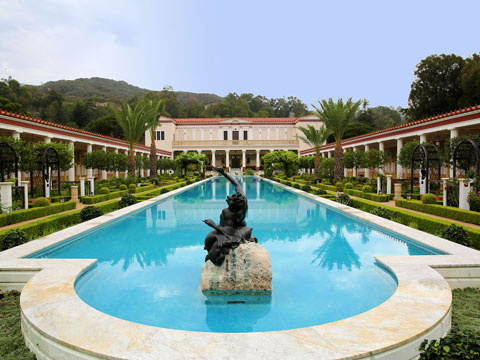
- Istanbul – Turkey
The Topkapi Palace Museum was opened to the public as a museum in 1924. The size, the opulence, the beauty, and the location atop a hill overlooking the Bosphorus, are simply unbeatable. A half day is not enough to take in its wonders and treasures. I suggest a guided tour of the palace itself, then time on your own to revisit parts of the palace that the guides lead you through too quickly. After that you’ll be happy to rest awhile with a cup of coffee and pastry in the cafe overlooking the Bosphorus, before visiting the simply mindboggling, sensational Treasury brimming with jeweled swords, pearl encrusted cradles, jeweled thrones, rubies , emeralds and diamonds the size of eggs. It can take several hours just to see the The Treasury.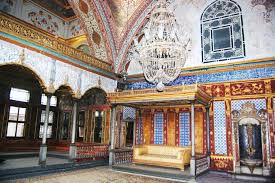
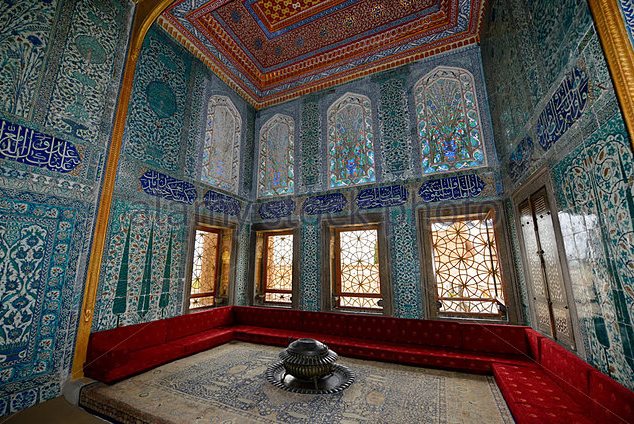
- Xian – China
The Terra Cotta Army. In 206BC, Emperor Qin set about building his mausoleum, a vast underground city. One kilometer from the mausoleum, he had an army of 8,000 larger than life Terra Cotta Warriors made, and buried them underground to ensure that he would have protection in the afterlife. No two figures are alike. They all have individual features and were all hand-painted. In 1974, a farmer was digging a well when he struck a piece of hard clay and unearthed the head of a terra cotta warrior. No matter how many photos one has seen, one cannot help but gasp at the sight of these infantrymen and their horses lined up in a pit almost 3 football fields in size. Then there is the second pit where exquisite chariots, the figure of the terra cotta general, and the kneeling archer were found. In the third pit some of the best preserved figures were uncovered. This museum is a must see stop on any visit to China.
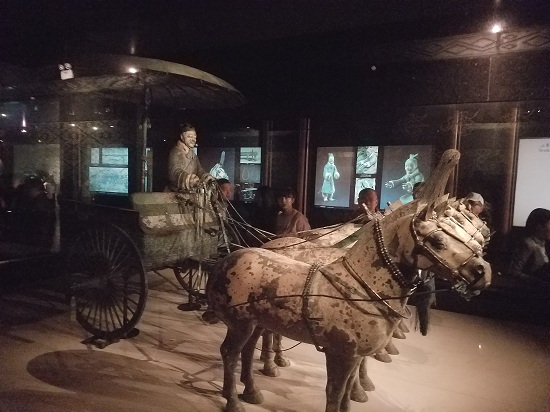
Disclosure: The following photographs were not taken by me: Museo Santuarios Andinos; The Shrine Of The Book; The Dali Museum; The Getty Villa; The Topkapi Palace.
